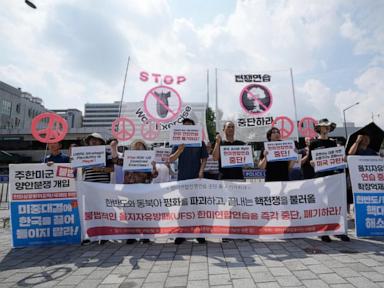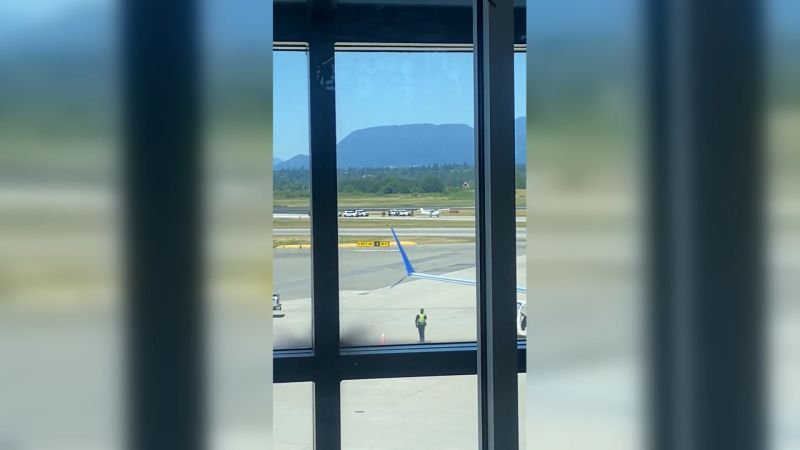South Korea and US Launch Major Military Exercises Amid Tensions

On August 21, 2023, South Korea and the United States commenced their annual large-scale military exercises, known as the Ulchi Freedom Shield. This 11-day drill aims to enhance the allies’ readiness against potential threats from North Korea, which has consistently criticized such operations, claiming they escalate regional tensions. The drills involve approximately 21,000 soldiers, including 18,000 South Koreans, and will consist of computer-simulated command post operations and field training.
The Ulchi Freedom Shield is the second major military exercise conducted in South Korea this year, following another round in March. While South Korean and U.S. officials describe these exercises as defensive measures, North Korea perceives them as rehearsals for invasion. North Korean Defense Minister No Kwang Chol stated that the drills exemplify a confrontational stance from the allies and warned of a strong response to any perceived provocations against its territory.
Political Context and Regional Reactions
The timing of the Ulchi Freedom Shield is significant for South Korea’s newly elected liberal President Lee Jae Myung, who is preparing for a summit with U.S. President Donald Trump on August 25. Trump’s previous remarks have raised concerns in Seoul regarding potential changes to the longstanding military alliance, including demands for increased financial contributions for the U.S. troop presence in South Korea. This comes as the U.S. appears to shift its military focus more towards China.
Tensions on the Korean Peninsula remain elevated, particularly since North Korea has dismissed Lee’s calls for renewed diplomatic engagement. Relations between the two Koreas have deteriorated in recent years, especially as North Korean leader Kim Jong Un has accelerated weapons development and strengthened ties with Russia following its invasion of Ukraine. During a Cabinet meeting on the first day of the drills, President Lee emphasized the need for courage and readiness to ease tensions while maintaining robust security measures.
In conjunction with military exercises, South Korea also initiated a four-day civil defense drill, involving thousands of public workers. This drill is typically scheduled alongside the allies’ summer military activities. The previous conservative government in South Korea expanded military drills with the U.S. in response to North Korean threats, which led to increased tensions and military demonstrations from Pyongyang.
Military Agreements and Future Strategies
In his latest communication to North Korea, President Lee expressed intentions to restore a 2018 inter-Korean military agreement aimed at reducing border tensions. This agreement, established during a brief diplomatic thaw, created buffer zones and no-fly zones to prevent clashes. However, South Korea suspended the deal in 2024 citing North Korea’s provocative actions, including the launch of balloons carrying propaganda.
When questioned about the potential impact of restoring this agreement on military drills, the South Korean Defense Ministry stated there are no immediate plans to suspend live-fire training near the disputed maritime border. Although the allies have postponed several of Ulchi Freedom Shield’s planned field training programs until September, U.S. military officials dismissed media speculation that the adjustments were made to facilitate diplomacy with the North, attributing them instead to concerns over heat and flood damage to training locations.
Throughout his political career, President Trump has consistently urged South Korea to increase its financial contributions for the approximately 28,500 American troops stationed there. Recent public statements from senior officials in the Trump administration have suggested a restructuring of the alliance, potentially impacting the size and role of U.S. forces in South Korea. This proposed strategy could compel South Korea to take a more prominent role in countering North Korean threats while U.S. forces may shift their focus to addressing challenges posed by China, leading to a re-evaluation of benefits and risks for Seoul.
General Xavier Brunson, commander of U.S. Forces Korea, recently underscored the necessity of modernizing the alliance to adapt to the evolving security landscape, particularly in light of North Korea’s nuclear ambitions and its increasing alignment with Russia.






